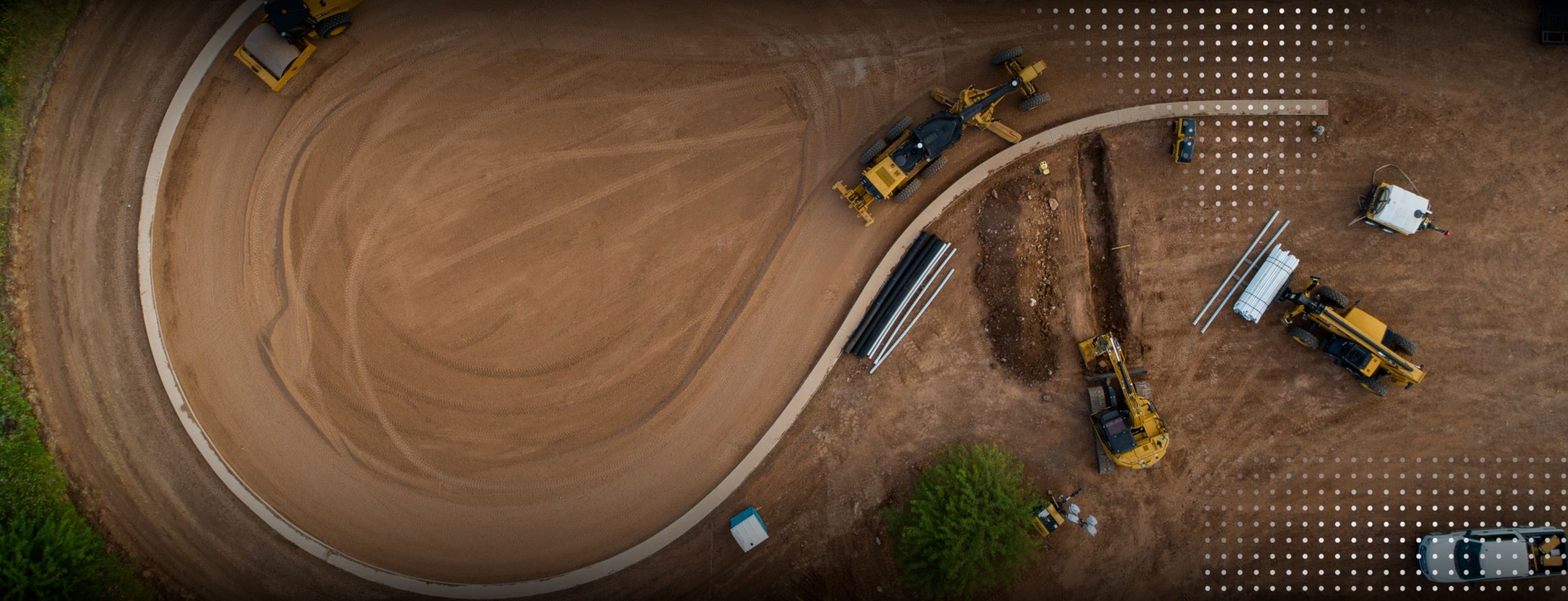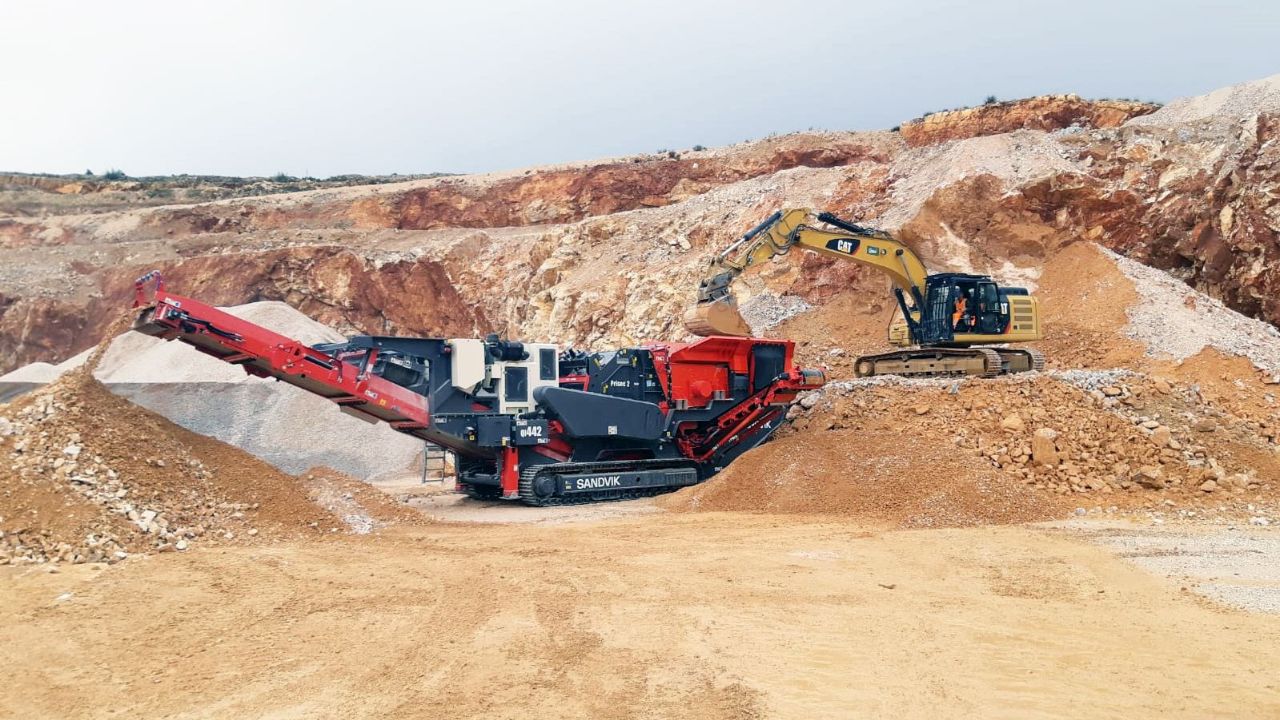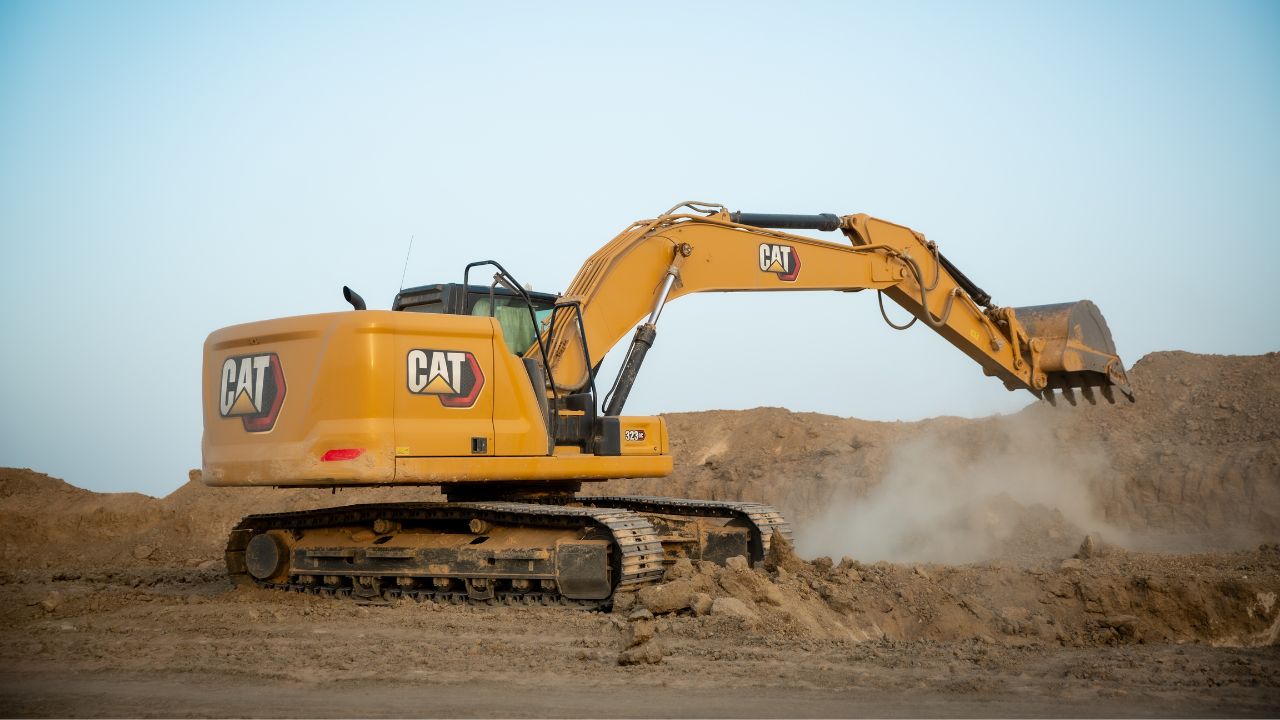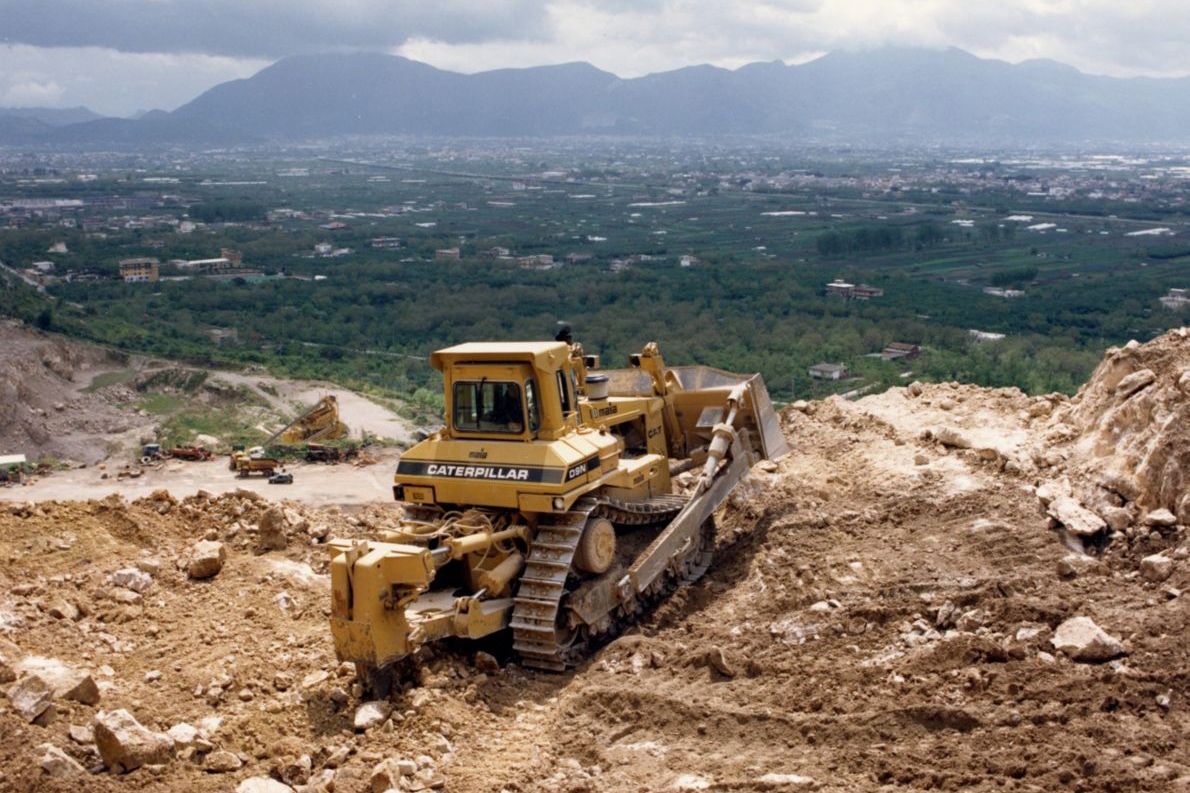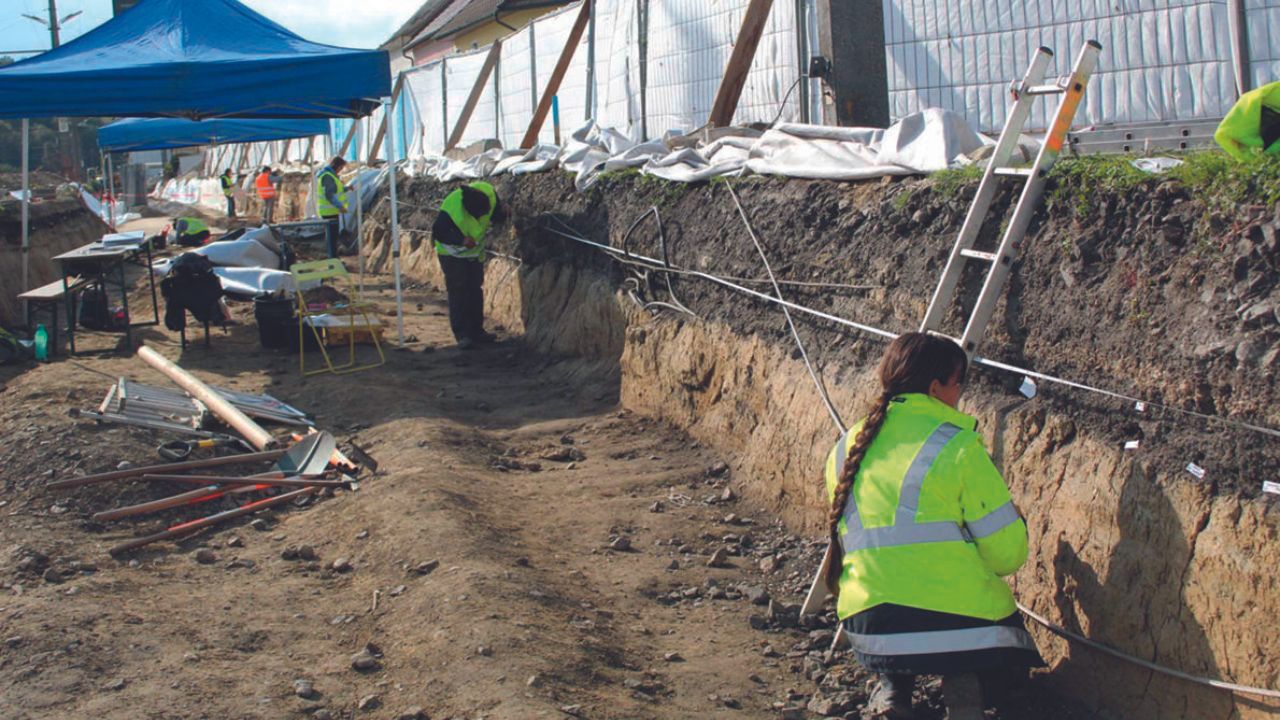

Sign In
Welcome! Sign In to personalize your Cat.com experience
If you already have an existing account with another Cat App, you can use the same account to sign in here
Register Now
One Account. All of Cat.
Your Caterpillar account is the single account you use to log in to select services and applications we offer. Shop for parts and machines online, manage your fleet, go mobile, and more.
Account Information
Site Settings
Security
FAQS: What Are Renewable Fuels?
By Jenni Gritti Probst | Posted May 13, 2024
Renewable diesel fuels… they're kind of like nature's gift to our engines. So, what is renewable diesel fuel, exactly? We're talking about fuel made from stuff like soy, palm, rapeseed, even used cooking oil and animal fat. These, along with biomass, algae, and more, are what we call renewable fuels. And they do something remarkable; when used correctly, these can reduce the total well-to-wheel lifecycle carbon impact of operating an engine, although the tailpipe emissions remain essentially the same as traditional fuels.
“What’s lifecycle carbon,” I hear you asking. Well, this is the total carbon impact of producing, transporting, and finally using the fuel in an engine. The term well-to-wheel is still used even for fuels that are grown and then consumed in machines with tracks, it can be confusing but hang in with us…
Some of these renewable fuels, especially those made from fats and vegetable oils, undergo a process called hydrotreating. What you get from that is a top-notch fuel, commonly known as hydrotreated vegetable oil (HVO), and guess what? It's a great match for your Cat® engine-powered equipment.
But wait, are biomass fuels renewable, too? What about synthetic? Short answer: It depends. These can be transformed into fuel through a different method known as the Fisher-Tropsch process, where the final fuels are known as biomass-to-liquid (BTL) or gas-to-liquid (GTL). And depending on where the original feed materials came from, these liquids can be renewable too. BTL, GTL, and HVO - they're all cousins with similar chemistry and performance specs, often called drop-in fuels and they're all welcome in Cat diesel engines (but please be sure to consult your operations and maintenance manual or Cat dealer for more details).

Details Make the Difference
Now, let's set the record straight. Drop-in fuels like HVO and BTL aren't the same as your typical biodiesel. That’s because drop-in fuels are usually made up of paraffinic hydrocarbons. And here's the best part, you can use them in your diesel engine as drop-in replacements.
Some benefits of using renewable fuels:
When made from renewable sources it can mean a reduction in lifecycle carbon, although the tailpipe emissions remain essentially the same as traditional fuels.
They have a high cetane number;
They can handle the cold extremely well. Just chat with your Cat dealer to make sure it fits your temperature needs.
To keep things running smoothly with your latest U.S. EPA Tier4 Final or EU Stage V Cat powered machines, make sure your renewable fuels meet the latest version of any of these specs:
EN15940 (preferred spec for BTL, GTL, and HVO)
ASTM D975 (the U.S. diesel fuel standard)
EN590 (Europe's diesel fuel standard, except for density)
The Cat Diesel Fuel Specification (except for density)
Then you can use them:
Undiluted (RD100, HVO100, GTL 100)
At any blend level with regular diesel
At any blend level with up to 20% biodiesel
Or any mix of drop-in and regular diesel with up to 20% biodiesel
Many other non-Tier4 Final and EU Stage V engines can also use blends of HVO, BTL, GTL and biodiesel alongside regular diesel, but please consult your engine OMM (Operations and Maintenance Manual) or ask your local dealer for a full lowdown.
But hold on, before you go blending away, check your engine's manual for specific biodiesel limits.
Are Alternative Fuels Right for You?
Here's what you need to know about using HVO, BTL or GTL fuels with Cat engines:
No fancy engine conversions are needed
They might dial down the power just a little, up to 5% at full throttle.
They play nice with aftertreatment techs like DPF (Diesel Particulate Filter), DOC (Diesel Oxidation Catalyst), and SCR (Selective Catalytic Reduction), and they're all set for U.S.
EPA Tier 4, EU Stage V, and similar emission standards.
Filters and engine oils? No need to worry about new maintenance intervals, just change as you would normally.
Elastomeric materials and hoses on modern engines? Totally fine. For older engines, talk to your Cat dealer.
And guess what? You can stash these fuels in the same tanks as regular diesel, and they'll keep just as long.
But remember, folks, like all fuels, keep them clean and dry. Nobody likes contamination or water sneaking in.

Jenni Gritti Probst
Contributor
Not one to walk away from the chance to tell a good tale, Jenni spends her days crafting and sharing stories of the people, products and services that make the world a better place. When she’s not working her dream job at Caterpillar, she’s usually outdoors hiking, exploring, and playing in the dirt.
Related Stories
-
HVO Engines
Read about the Cat® C Series engines that can operate on Hydrotreated Vegetable Oil (HVO) fuel while reducing CO.
Read more -
Turning the Desert Green
A massive project in the Nuban Desert brings jobs, food and a brighter future to Sudan. See how Cat Dealer Sutrac provided support with rental machines.
Learn More -
Caterpillar Then and Now
While many things have changed since the early days of Caterpillar, the heart of the business remains the same.
Read On -
Digging Up the Past
Discover why Ardis Archeology, one of the world’s leading archaeologists, uses Cat machines on their digs.
Read more
